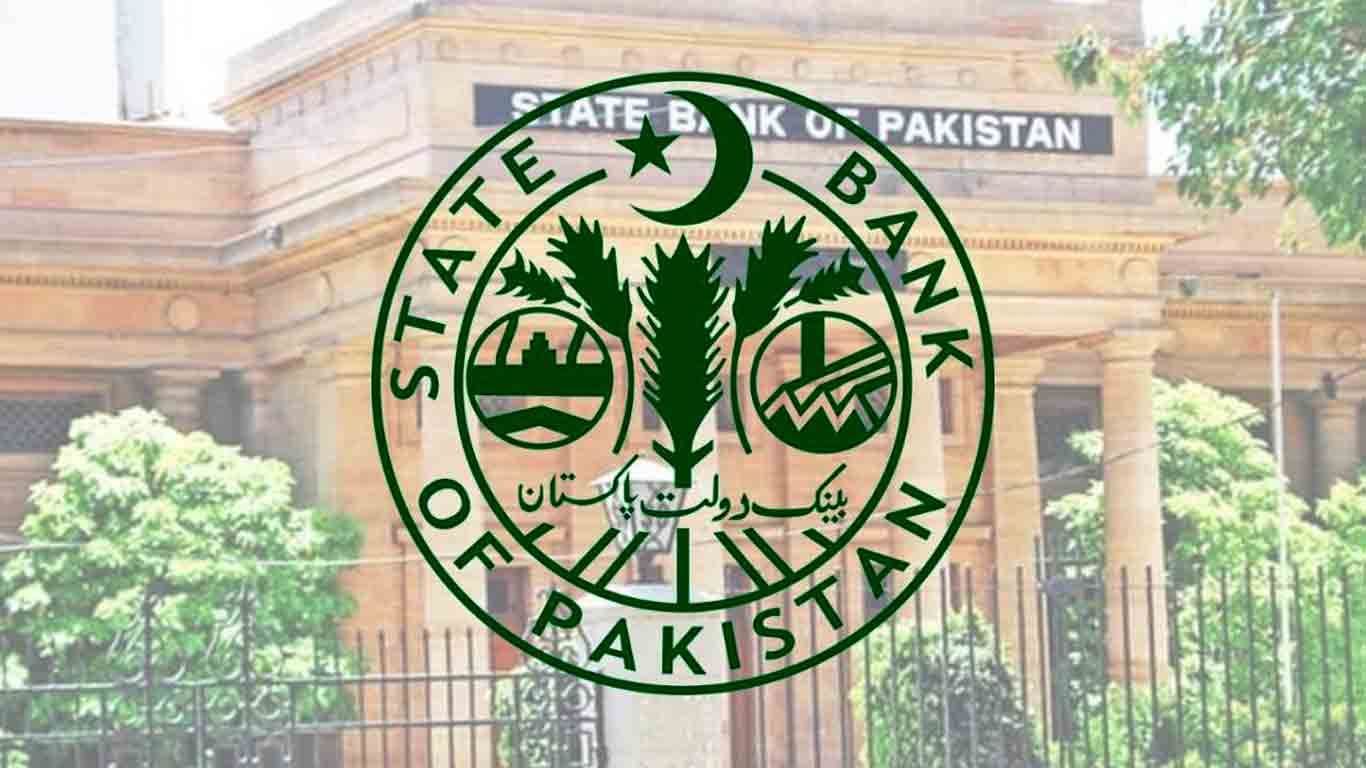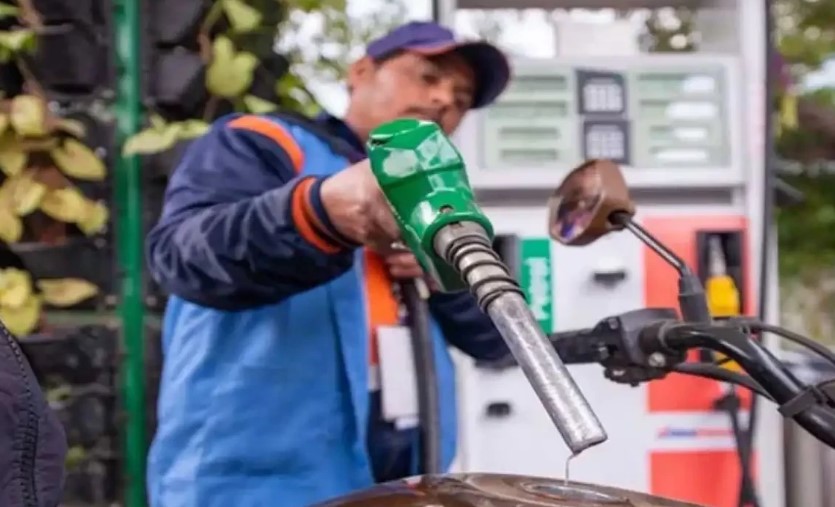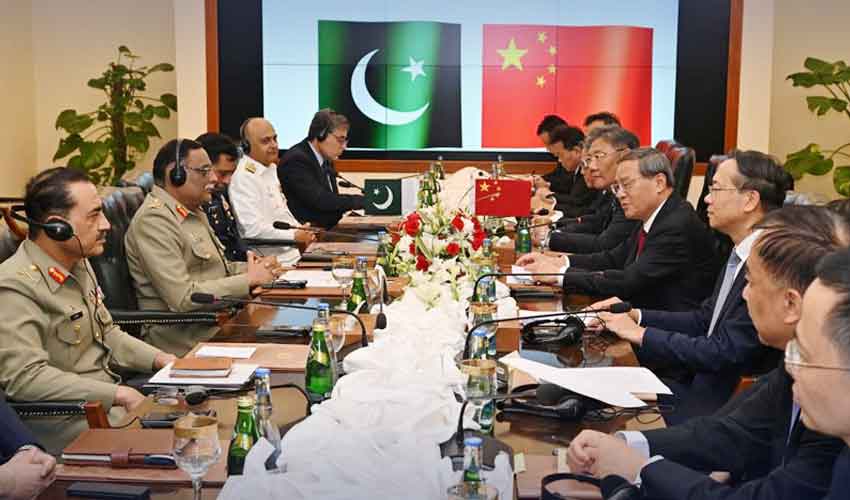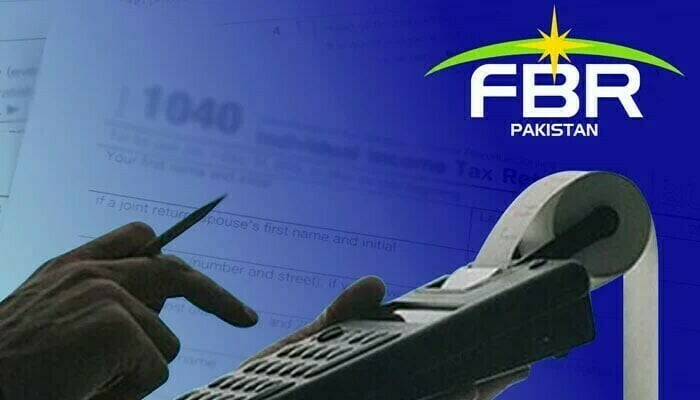TRADE & ECONOMY

The State Bank of Pakistan (SBP) released its annual report on Thursday, emphasizing structural impediments that challenge the sustainability of macroeconomic stability. The report outlines issues such as falling investment, an unfavorable business environment, inadequate research and development, low productivity, and climate change risks as significant constraints to the country's growth potential.
Additionally, the SBP pointed out longstanding inefficiencies in the energy sector, which have led to an accumulation of circular debt. While the government has begun to tackle these challenges through significant price adjustments, the central bank stressed the need for broader sectoral policy and regulatory reforms.
The SBP further highlighted the necessity of reforms to improve the inefficient state-owned enterprises (SOEs), which continue to burden fiscal resources, already limited by a low tax-to-GDP ratio.
On a positive note, the report acknowledged improved macroeconomic conditions, primarily driven by the International Monetary Fund (IMF) Extended Fund Facility (EFF) approved in September. The SBP anticipates that the IMF program will strengthen the country's external account position, enhance its sovereign credit rating, and boost investor confidence.
The report also pointed to a favorable global economic environment, with inflation declining in advanced economies and steady global economic growth. Recent indicators suggest that the average inflation rate in Pakistan may fall below the previously projected range of 11.5% to 13.5% for FY25.
Finance Minister Muhammad Aurangzeb reiterated the government's commitment to implementing broad-based reforms in taxation, energy, and SOEs during a meeting with US Ambassador Donald Blome. The minister expressed the goal of raising the tax-to-GDP ratio to 13.5% within three years by addressing leakages and bringing untaxed sectors into the tax net.
The ambassador commended the government's efforts to stabilize the economy and affirmed the US's commitment to enhancing bilateral cooperation in technical and development initiatives, promoting high-quality US investment in Pakistan.




